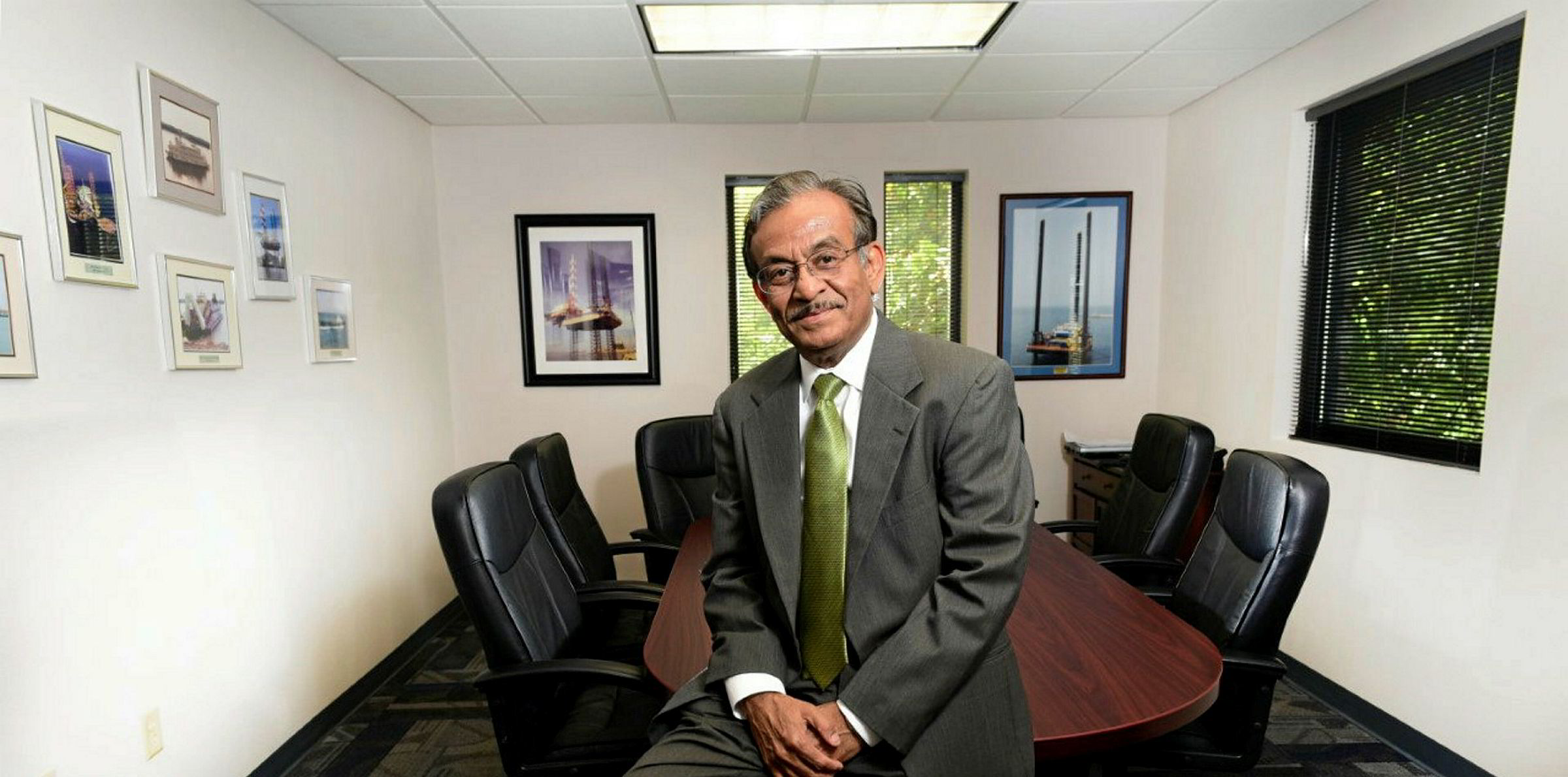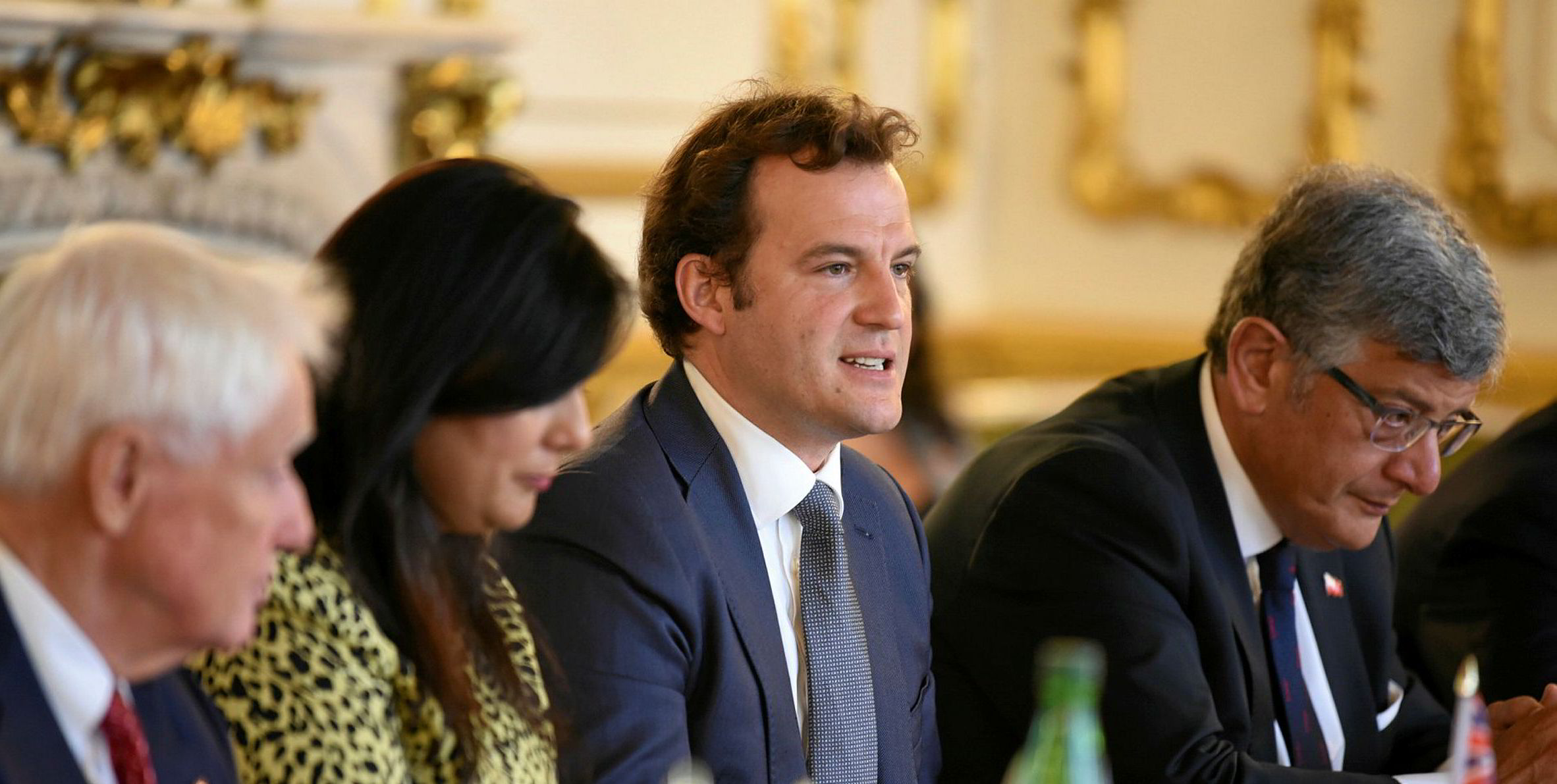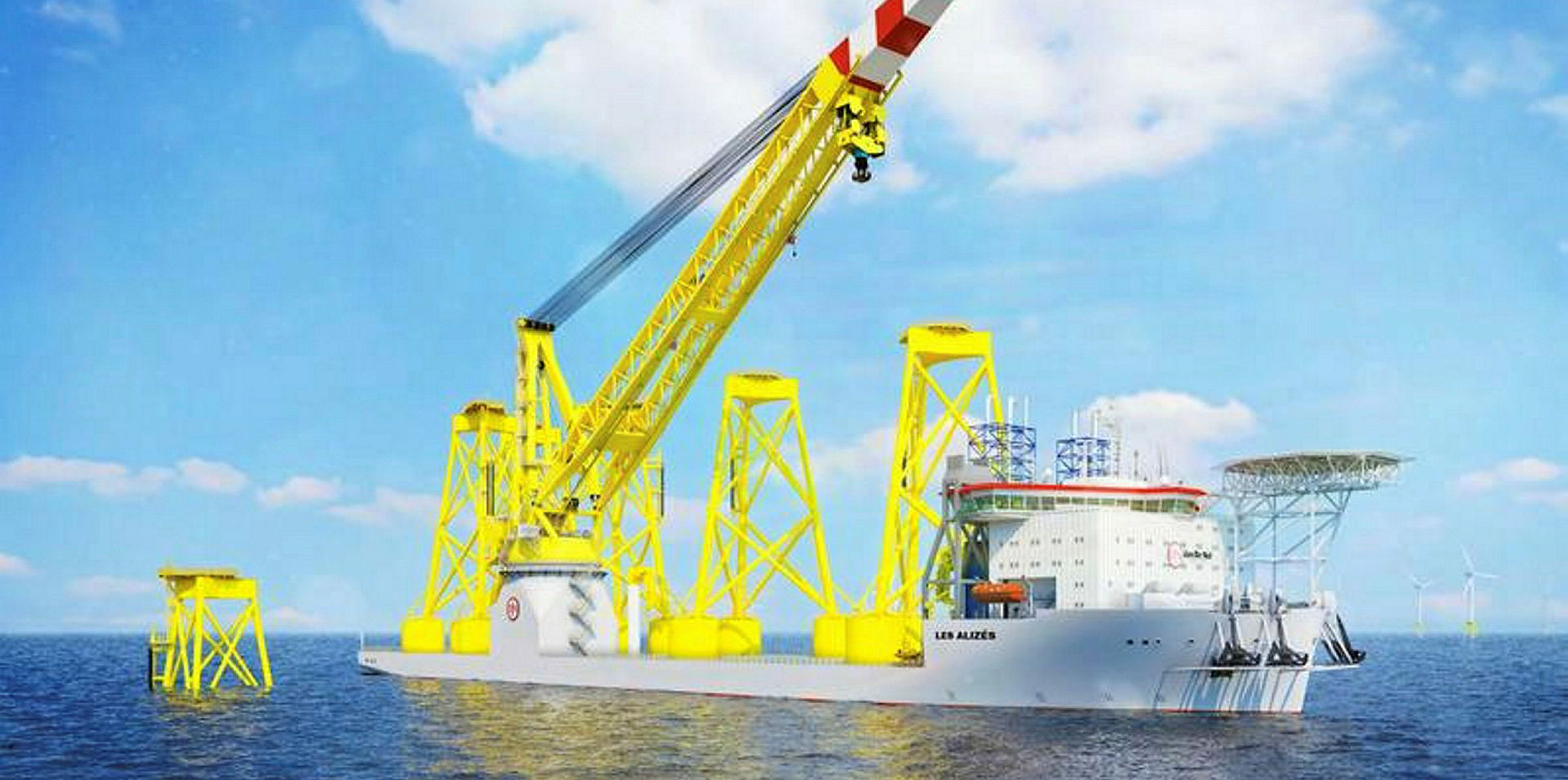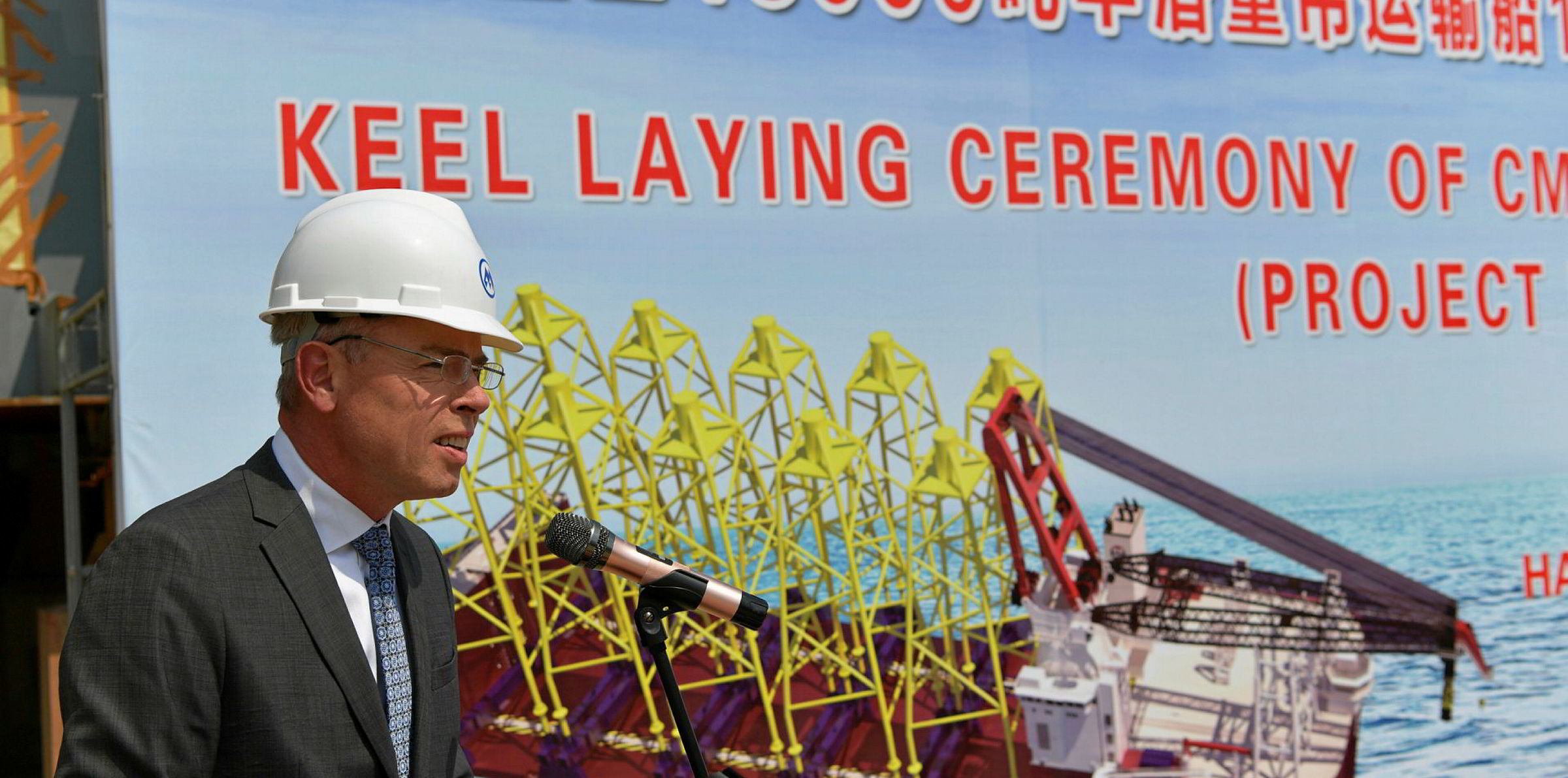US naval architect AK Suda is stepping up its plans to capitalise on growing interest in offshore wind farms — and a likely shortage of Jones Act ships to service their installation.
The Louisiana company is looking to form a consortium with equipment suppliers, and possibly project operators, to compete for charters with its new JG10000T wind turbine installation vessel (WTIV) design.
AK Suda has declined to reveal the dimensions of the vessel, as these are key to what it calls its commercial advantage in terms of capacity and cost.
But it has won Norwegian classification society DNV GL's preliminary approval for the blueprint, which builds on its earlier JG6000 vessel.
Tailored to US offshore wind
AK Suda is confident its new design is going to be "the most efficient in terms of cost and installation time, and will meet the needs of the growing US offshore wind industry".
It added that the JG10000T has a 33% higher capacity for its size, compared to existing WTIVs.
The unit is designed to carry multiple turbines, even the larger ones of between 14 MW and 18 MW currently under development
The JG10000T can also install turbine foundations and work in oil and gas decommissioning markets.
A 2,500-tonne leg-encircling crane can install monopiles for the biggest turbines.
Serious interest
"There is serious interest in investment. The industry seems to understand the need to provide long-term commitment and is stepping up," AK Suda said.
It added that the price tag should come in at under $300m, but the ships have to be built in the US due to Jones Act requirements.
The sector is increasingly appealing not just to traditional offshore vessel names, such as Solstad Offshore and Fred Olsen, but also to conventional owners like dry bulk player Scorpio Bulkers, which has ordered a new WTIV at Daewoo Shipbuilding & Marine Engineering in South Korea, at a price of up to $290m.
The vessels can cost up to $335m, according to Norwegian investment bank Clarksons Platou Securities.
Several options have been offered by various design houses in the industry, AK Suda president Ajay Suda told TradeWinds, but they have all been expensive in terms of the US market.
Technology combined
Suda said the company's own price was achieved "by combining jack-up technology with liftboat technology".
"Wind turbine cargo is real-estate intensive. Liftboat technology accommodates that," he said.
"The hurdle that we are attempting to overcome is developing a low-cost, high-capacity WTIV."
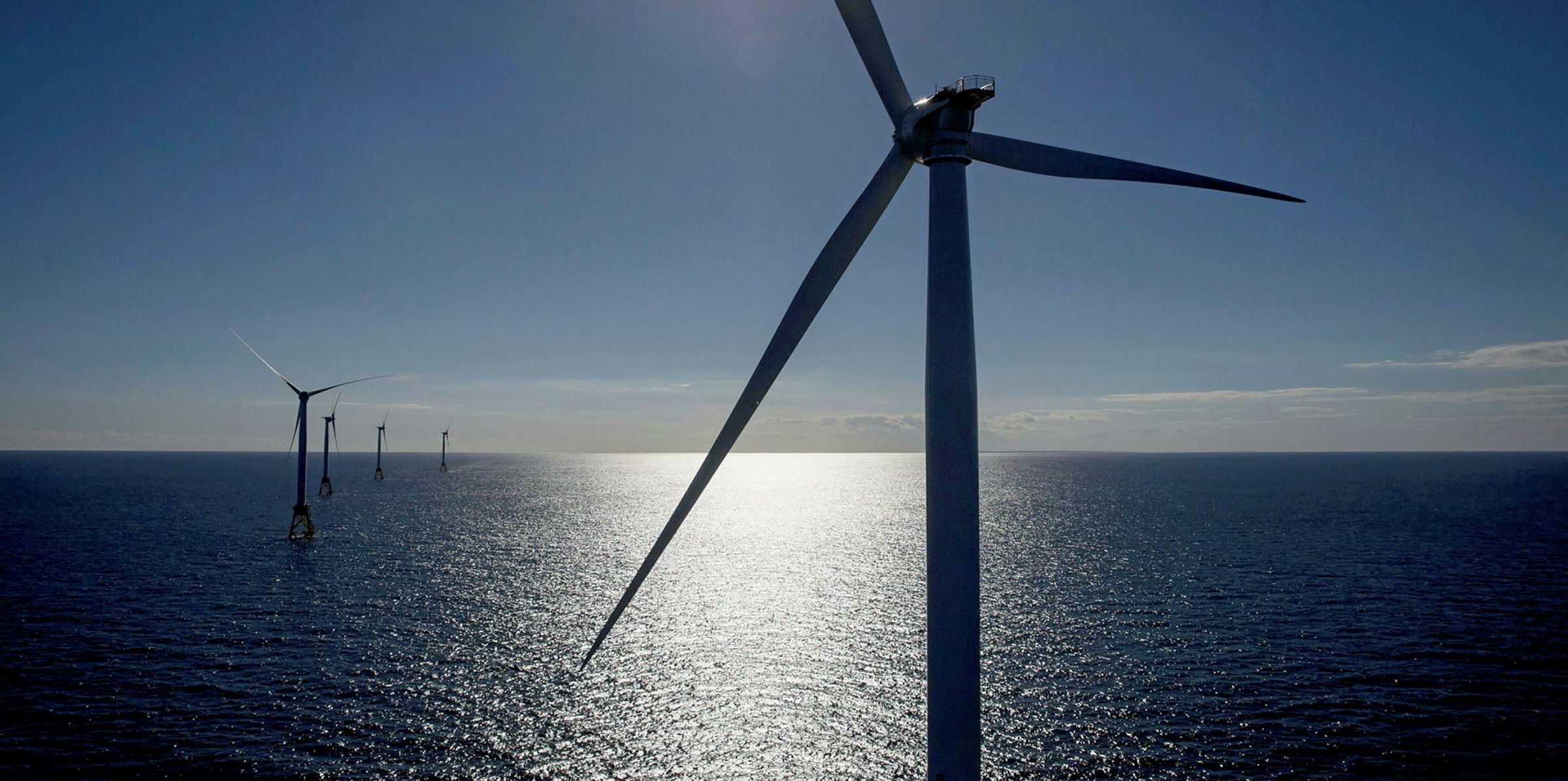
He said that Jones Act requirements, which stipulate US construction, will lead to higher labour costs than other shipbuilding nations.
"The icing on the cake is if with a combination of low cost and high capacity we can get the return on investment to be at a point that it is competitive for operation in the Far East. This has been achieved with the JG10000T," Suda said.
The president said he has spoken with all the major wind farm owners, who vetted its designs.
"The responses have been highly complimentary," Suda said. "We have been told by a major wind farm owner that we are the only serious game in town."
Wind farm owners have also offered to help with financing, he added.
Oil and gas players are key
Suda believes wind farm owners "from across the pond" who currently dominate the development of US wind farms are used to speculative investment in WTIVs.
But he said: "The industry that will dominate the investment in Jones Act-compliant WTIVs is the US oil and gas industry, which has grown up with the luxury of long-term employment commitments in support of funding."
"We are seeing that wind farm owners have begun to realise this truth. They have decided to club their US projects [together] to provide long-term guarantees of employment."
This has sparked much interest from the investment community, Suda said.
"We are in the process of putting together a consortium that will include major equipment vendors and possibly wind farm operators," he added.
Orders to be backed by charters
Suda said orders for WTIVs will be placed as soon as the company can win its first charter.
Clarksons Platou has identified a major shortfall in suitable ships after 2023 in Europe.
Asked whether the US is facing a similar dearth of tonnage, Suda told TradeWinds: "There are currently no Jones Act-compliant WTIVs in the US.
"So, yes, there will be a shortage. The largest ones can carry, at best, one component of the [currently] lower size turbines."
The naval architect is aware of other options being floated, including the use of two or more feeder vessels to bring turbine components to sites where a foreign-flagged ship will then offload and install them.
But Suda said this would be short-lived because the offloading is "inelegant" and it is viewed as a way of circumventing the Jones Act.
"There is a lot of talk that the authorities will plug this loophole. The uncertainty of this arrangement will make investment decisions difficult," Suda said.
Feeders would be 50% cheaper than buying a new WTIV. But day rates for two feeders would be comparable to one WTI — and the feeders cannot install the turbines.
High-spec WTIVs can command daily rates of above $200,000 per day.
